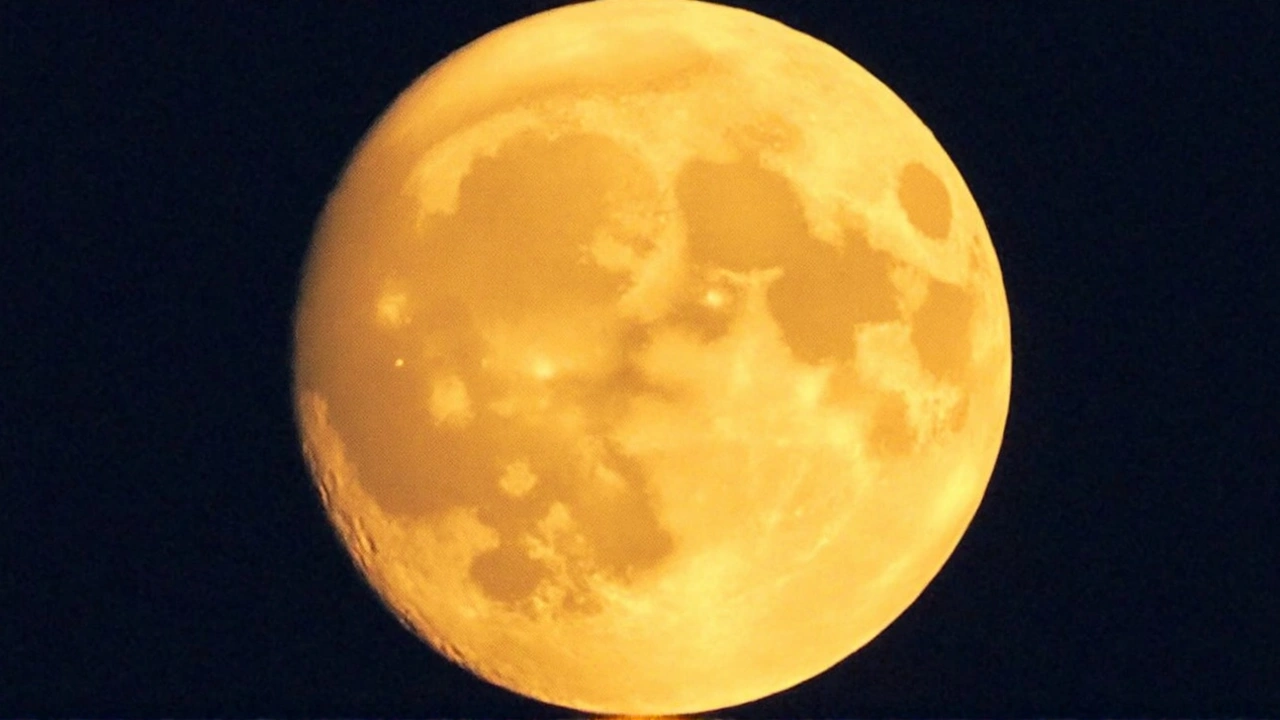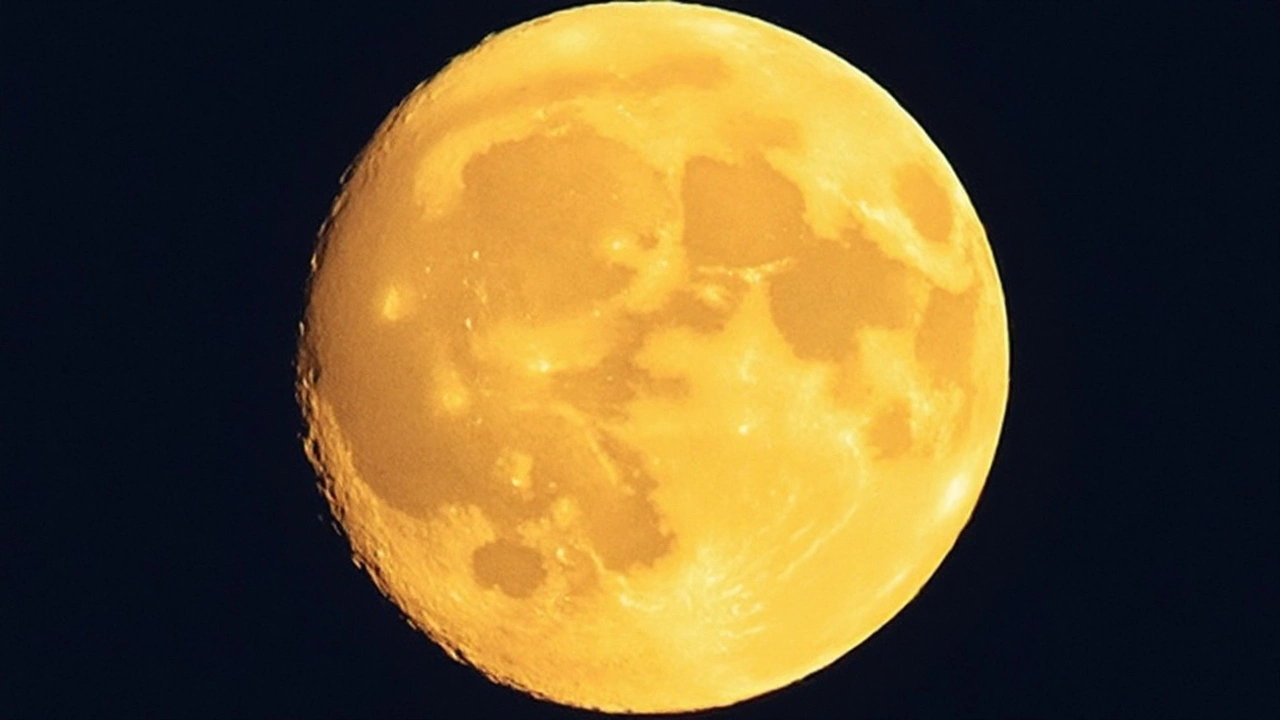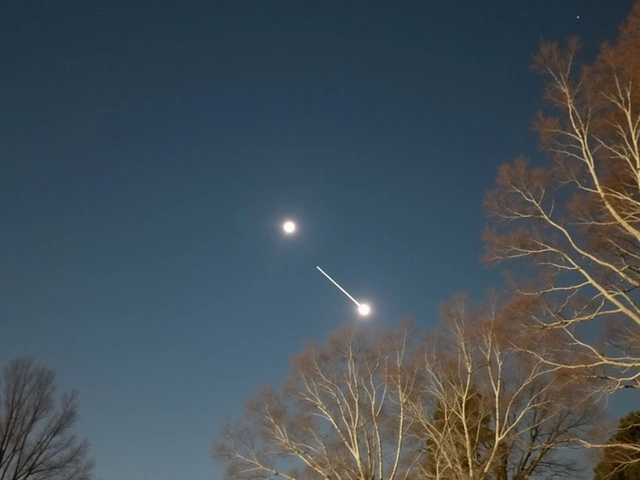What’s Behind the Name Buck Moon?
Ever wonder why July’s full moon gets called the Buck Moon? In North America, July marks the time when male deer—or bucks—show off their fastest antler growth. By midsummer, these antlers are in full velvet, covered in a soft fuzzy coating that signals the heart of the summer season. The naming tradition stretches back to Native American tribes, who noticed the regular timing of this natural event. If you dive into old almanacs, you’ll see other names too, like Thunder Moon, hinting at summer’s booming storms, or Salmon Moon, used in Alaska when rivers fill with spawning salmon.
Besides deer, the full moon in July has always been tied to cycles that people could count on: thunderstorms, animal migrations, or even what’s on the dinner table. Indigenous folks and early settlers used these moons as silent reminders of what the season brought—whether it meant time to hunt, harvest, or just watch lightning flash in the distance.

How to Catch the Buck Moon at Its Best
Mark your calendar for Thursday, July 10, 2025. The Buck Moon turns full at 4:37 p.m. EDT (that’s 1:37 p.m. on the U.S. West Coast, or 9:37 p.m. if you’re in London). The timing might not always match up with when you see it high in the sky, though. Moonrise times shift depending on where you are: in New York, catch it at 8:53 p.m. EDT; in San Francisco, it appears at 9:02 p.m. PDT; and over in London, look to the east at 9:45 p.m. local time. Longer daylight in the north means later moonrises during summer, so don’t be surprised if you have to wait a bit past sunset.
No need to worry if clouds crash your first attempt. The moon sticks around, looking full for nearly three nights in a row. That gives you plenty of chances for a moonlit walk or some backyard stargazing. Handy websites and phone apps, like timeanddate.com, can give you exact moonrise times for your location. Even without those tools, the Buck Moon’s big, bright glow is hard to miss on clear nights.
This year’s July full moon comes just days after Earth reaches its aphelion—the farthest distance from the sun on July 4. That means the Buck Moon will actually be the farthest full moon of the year. If you’re into astronomy, you’ll notice it shines just as bright but looks a tad smaller in the sky, thanks to that longer trip around the sun. The classic full moon effect is all about alignment: Earth sits squarely between the sun and moon, letting the moon’s face light up completely.
So whether you’re out camping, snapping photos, or just glancing out your window, this Buck Moon is more than a calendar entry. It’s a midsummer tradition tied to everything from wildlife rhythms to starry stories told by generations before us.





